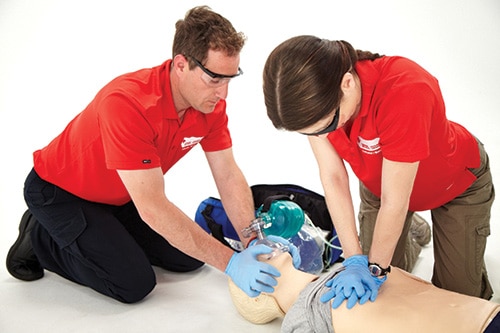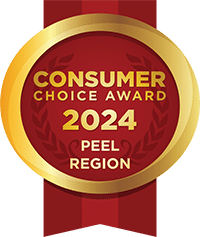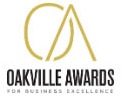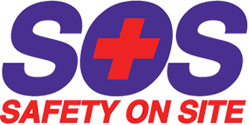
First aid training for healthcare students
In Ontario, Standard First Aid at the BLS (Basic Life Support) level is required training for most healthcare students: nursing students, paramedic students, firefighting students and dental hygiene to name a few. In the summer months we see many students from universities like McMaster, Ryerson and Queens and from colleges like Humber, Mohawk, George Brown and Sheridan. Often they are looking for first aid and CPR courses and N95 mask fit testing programs to meet their school admission requirements. It can be quite overwhelming and confusing particularly for first year students. Here we hope to make it easier for students to understand their school needs when it comes to first aid and CPR training.
Students can select one of two formats to obtain the required first aid and CPR training for healthcare programs.
Blended Standard First Aid and BLS in-class
The blended format seems to be preferred by students during Phase 2 and 3 of COVID. The blended course combines an online session and 2 in-class sessions. The online session is approx. 5 – 6 hours of online training and the 2 in-class sessions combined are about 12 hours in-person. This involves a 3-step process.
- Complete the theory of standard first aid online. Students receive an email from the Canadian Red Cross with a link to the online modules within the next 24 business hours from the time of registration. If you do not receive the Red Cross email, contact us asap. The modules take approx. 4-5 hours to complete and must be completed before your in-class sessions. The date you select for your class on our website is your in-person training date. You will need to provide proof of completion to your instructor to ensure you are prepared and eligible for the in-person training session. If you do not receive an email from the Red Cross, it is imperative that you follow up with us to ensure you receive the email and are able to complete the online modules on time.
- CPR BLS in class
BLS cannot be blended and all learning is done in class. This is practical training that must be assessed by a qualified Red Cross instructor.
- Blended Standard First Aid – Classroom session
The in person classroom session is a 6.5-8 hours in duration. and reduces the amount of exposure to other people in a classroom. As stressed above, the online portion must be completed prior to the in person session. If you have not completed the online modules, you will forfeit your registration and there will be no opportunity to obtain a refund or reschedule.
Traditional two-day, all in person Standard First Aid BLS
Some people prefer to complete all of their training with a live instructor. If this is your preference then the traditional format probably caters more to your learning style. This is a 16-18 hour class where all theory and skills are facilitated by a live Red Cross first aid instructor.
What will I learn in Standard First Aid with CPR BLS
The Standard First Aid component meets requirements for first aid in a workplace and is valid for 3 years. Training prepares participants to deal with life-threatening emergencies as well as other situations involving sudden trauma or illness requiring immediate bystander attention to help prevent the situation from worsening and to promote recovery. Trained first aiders help to keep the ill or injured person in a stable condition until medical help is available. Holding a certificate in Standard First Aid is more than just being prepared. You can make a huge difference in someone’s life by being a skilled and knowledgable bystander on the scene to provide care.
The curriculum includes the following topics:
- How to respond to emergencies
- The EMS system
- The 3 key principles in First Aid: Check, Call, Care
- How to treat:
- Airway Emergencies
- Breathing & Circulation Emergencies
- Sudden medical conditions and environmental emergencies
- First Aid for:
- Respiratory & Cardiac Arrest
- Head & Spine Injuries
- Bone, Muscle & Joint Injuries
- Wound Care
BLS refers to the level of CPR. This level is for healthcare personnel who work in a facility, hospital or pre-hospital setting. Recertification is required annually. The focus is on learning high-performance CPR to improve patient outcomes.
The skills leaned are:
- Adult/Child/Baby – one rescuer CPR
- Adult/Child/Baby – two rescuer CPR
- Adult/Child/Baby Choking
- Use of a Bag-Valve-Mask (BVM)
- Automated External Defibrillator (AED)
- Circulatory Emergencies
- Working in a team healthcare environment
If you have any questions about this level of training, feel free to contact our office.






